Introduction:
For all business entities; Input Tax Credit, its availment and use is a key focus area. It is because the amount of Input Credit available is equivalent to hard cash. Any admission or rejection of claim of Input Tax Credit hits the Cash Flows and the Working Capital Requirements. So let us discuss all about Input Tax Credit as we move towards the dawn of a new taxation era, The GST era.
Chapter-V: Input Tax Credit
Chapter-V of the CGST Act talks about Input Tax Credit and contains seven sections detailed as follows:
| Section 16 | Eligibility and conditions for taking input tax credit |
| Section 17 | Apportionment of credit and blocked credits |
| Section 18 | Availability of credit in special circumstances |
| Section 19 | Taking input tax credit in respect of inputs sent for job work |
| Section 20 | Manner of distribution of credit by Input Service Distributor |
| Section 21 | Manner of recovery of credit distributed in excess |
I shall only be discussing Section 16 here.
Section 16: Eligibility and conditions for taking input tax credit
Section 16(1) says that every registered person shall, subject to such conditions and restrictions as may be prescribed and in the manner specified in section 49, be entitled to take credit of input tax charged on any supply of goods or services or both to him which are used or intended to be used in the course or furtherance of his business and the said amount shall be credited to the electronic credit ledger of such person.
♦ Interpretation:
Section 16(1) can be interpreted as the sub-section enabling entitlement to:
- all registered persons
- in the manner specified in Section 49 (further linked to Section 41)
- shall be allowed to take credit for tax paid on any goods purchases and services availed
- if used or intended to be used for business purposes
- and such credit shall be credited in the electronic credit ledger of the assessee.
♦ Change from Existing Laws:
Under the existing Central Excise Act, Service Tax Rules and DVAT Act, eligibility was allowed if input goods or services are used “in or in relation to” manufacture/outward service/sale. These words have been deleted here, thereby widely increasing the scope of eligible inputs.
♦ Issues:
(1) The author is of the opinion that the words “input tax charged” should have been written as “input tax incurred”. The reason is that the tax charged in the invoice is always referred to the Output tax. Input tax charged refers to a situation where the assessee is under obligation of Reverse Charge Mechanism of tax payment.
Section 16(2) says that notwithstanding anything contained in section 16, no registered person shall be entitled to the credit of any input tax in respect of any supply of goods and/or services to him unless—
(a) He is in possession of a tax invoice or debit note issued by a supplier registered under this Act, or such other taxpaying document(s) as may be prescribed,
(b) He has received the goods and/or services,
Explanation: For the purposes of this clause, it shall be deemed that the registered person has received the goods where the goods are delivered by the supplier to a recipient or any other person on the direction of such registered person, whether acting as an agent or otherwise, before or during movement of goods, either by way of transfer of documents of title to goods or otherwise
(c) Subject to provisions of Section 41, the tax charged in respect of such supply has been actually paid to the Government, either in cash or through utilization of input tax credit admissible in respect of the said supply, and
(d) He has furnished the return under section 39.
Provided that where the goods against an invoice are received in lots or instalments, the registered person shall be entitled to take credit upon receipt of the last lot or installment.
Provided further that where a recipient fails to pay to the supplier of goods or services or both, other than the supplies on which tax is payable on reverse charge basis, the amount towards the value of supply along with tax payable thereon within a period of one hundred and eighty days from the date of issue of invoice by the supplier, an amount equal to the input tax credit availed by the recipient shall be added to his output tax liability, along with interest thereon, in such manner as may be prescribed.
PROVIDED ALSO that the recipient shall be entitled to avail of the credit of input tax on payment made by him of the amount towards the value of supply of goods or services or both along with tax payable thereon.
♦ Interpretation:
Section 16(2) can be interpreted as the sub-section laying down conditions for taking input tax credit, which have to be cumulatively complied with, as follows:
(a) possession of tax invoice/debit note/any other prescribed document
(b) receipt of goods or services
(c) tax must have been paid the supplier
(d) purchaser must file his return
♦ Change from Existing Laws:
The number of conditions has been reduced and only four conditions have been laid down which provides clarity and ease.
♦ Issues:
(1) The author is of the opinion that the First Proviso is laying down a restrictive condition and that the input tax credit shall be allowed as and when any lot is received. The author finds no reason to defer the availability to the receipt of the last lot.
(2) Moreover, the above would also create a hindrance while filing of returns as the inputs and outputs of the buyer and supplier would not match. There is no clarity on its treatment.
(3) A welcome amendment has been done over the Model GST Law that the reclaim of input tax credit is allowed if payment is made after one hundred and eighty days to the supplier.
Section 16(3) says that where the registered person has claimed depreciation on the tax component of the cost of capital goods under the provisions of the Income Tax Act, 1961, the input tax credit shall not be allowed on the said tax component.
♦ Interpretation:
It is a self-explanatory literal interpretation.
♦ Change from Existing Laws:
No change from existing laws.
♦ Issues:
No.
Section 16(4) says that a registered person shall not be entitled to take input tax credit in respect of any invoice or debit note for supply of goods or services or both after the due date of furnishing of the return under section 39 for the month of September following the end of financial year to which such invoice or invoice relating to such debit note pertains or furnishing of the relevant annual return, whichever is earlier.
♦ Interpretation:
Let us understand with an example assuming the appointed date of implementation is 01-Apr-2017:
ABC Limited received an invoice dated 15-Apr-2017 and another invoice dated 15-Mar-2018 (i.e. FY 2017-18).Both these invoices and their input tax credit were not claimed in the returns by omission. Section 16(4) allows taking credit for both these invoices till the filing of return for the month of September 2018 or 31st December 2018 which is the due date of filing of Annual Return for the FY 2017-18, whichever is earlier.
♦ Change from Existing Laws:
As per Cenvat Credit Rules, 2004 the input tax credit can be taken only upto one year from the date of invoice.
♦ Issues:
(1) In Section 16(4), the word “furnishing” has been replaced by “due date of furnishing” of return. Earlier, the use of the word “furnishing” led to the interpretation that if the assessee does not furnish the relevant return, he may be able to avail credit without limitation upto the date of furnishing of return. Now, this possible tax planning loophole has been plugged.
(2) The words “invoice relating to such debit note pertains” create a restriction for availing input tax credit. It means date of the invoice against which the debit note has been issued will be checked for allowing credit.
Example: Suppose a debit note is raised on 31-Oct-2018 for an invoice dated 31-Oct-2017 under price escalation clause of a long term contract. In this case, eligibility of credit for the debit note shall be checked from the date of invoice it relates to i.e. 31-Oct-2017 meaning thereby as per Section 16(4), if the return for September 2018 has been filed (due date 20-Oct-2018), then the input credit on this debit note shall not be allowed.






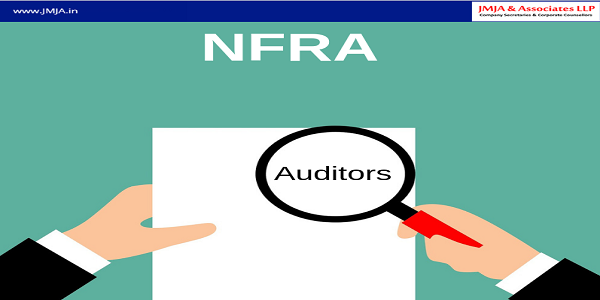



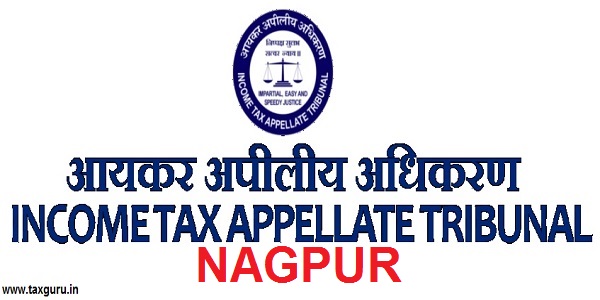
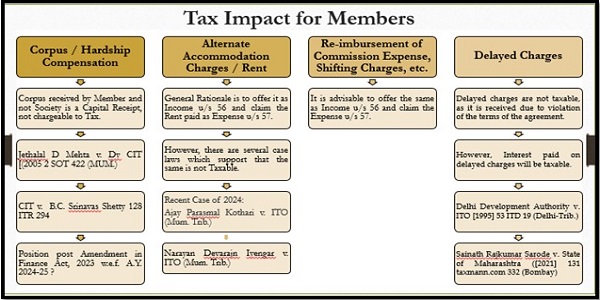

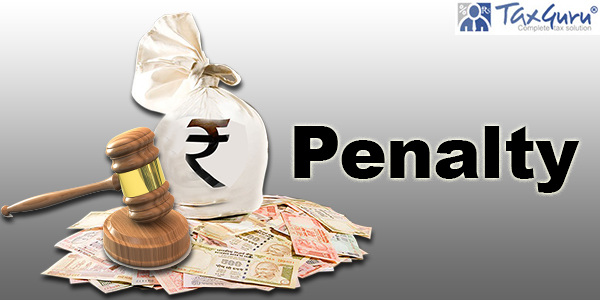

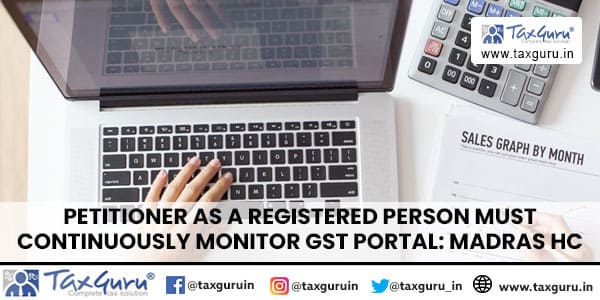
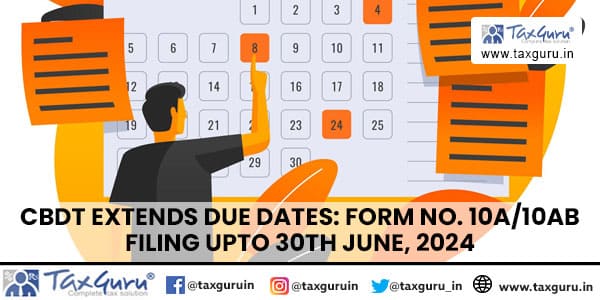
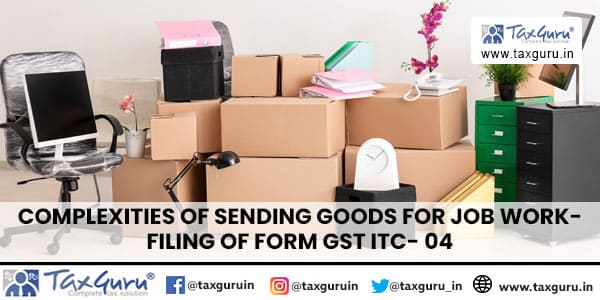

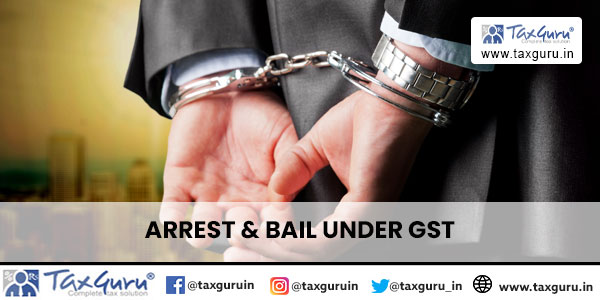
Please inform what will happen to the stocks in hand for traders.
We have taken credit of VAT only, but GST will have component of other taxes as well. In GST regime, MRP will remain same, GST will be higher than VAT, so Basic value recovered for trader, for stock in hand will reduce, resulting in huge losses.
Please clarify
Regards